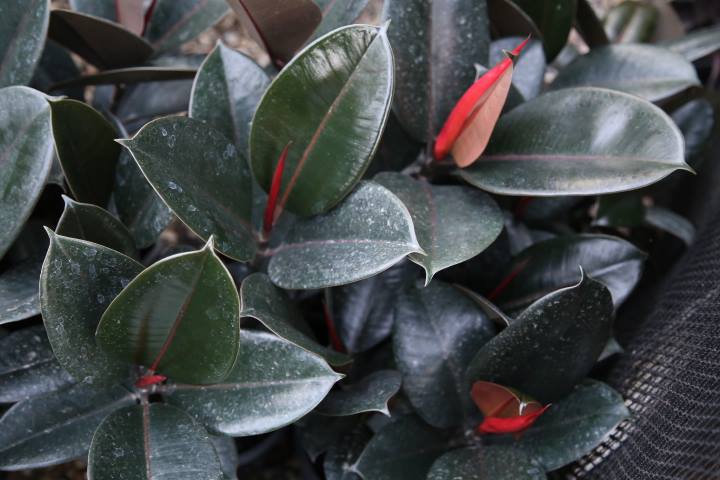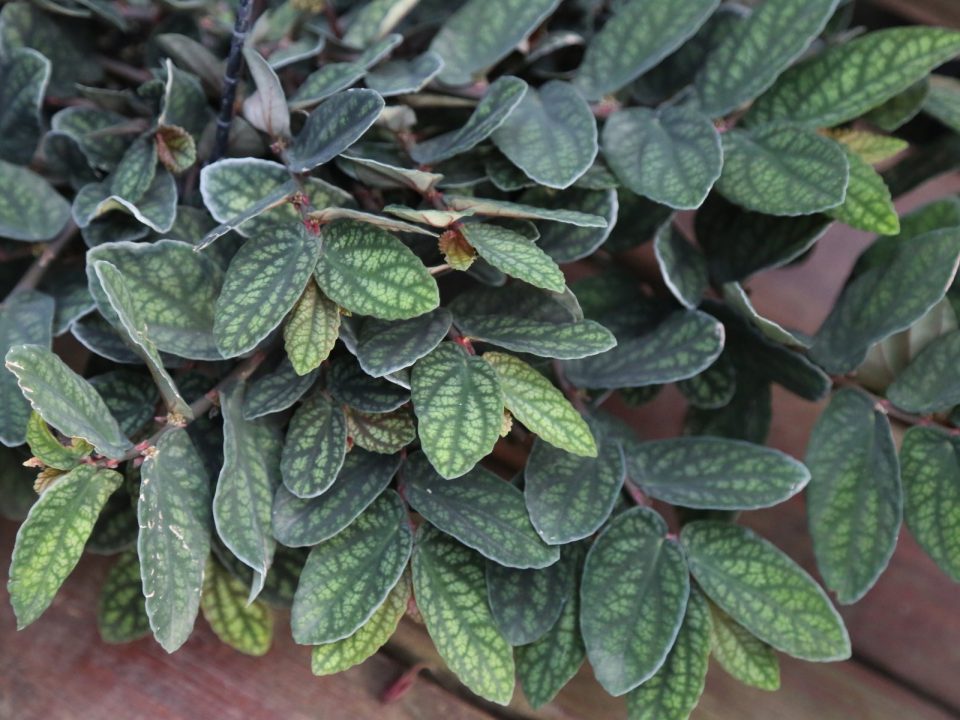- OPEN 7 DAYS 8AM - 4PM | 174 Dowding St. Oxley, Brisbane
- (07) 3375 5390
- sales@oxleynursery.com.au
Rubber Fig
Ficus elastica
Synonyms: Ficus decora, Indian Rubber Tree.
The Rubber Fig is a large attractive tree found throughout India, China and South-East Asia. It is most commonly grown as a house plant for its attractive leaves and decorative habit. It’s a robust indoor plant that grows well in low light, and can handle unfavorable indoor conditions such as air conditioning and cold spells.
As a garden plant, Ficus elastica grows enormous (15m+) and will develop a destructive buttress root structure. As such, it is strongly recommended that you don’t plant this species outside. Rubber figs have naturalised in parts of Brisbane, and are a common site in parks and botanical gardens. Many residents have spent thousands of dollars removing these plants from their yards, so keep it in a pot and enjoy the magnificent outdoor specimens that are in our parks and gardens in Brisbane.
Like many figs, over-watering can be an issue for some growers. Rubber Figs do best if allowed to dry out somewhat between waterings. If kept permanently wet while in a low-light situation, they will shed leaves and potentially rot out. We recommend watering around once per week. This may need to be reduced in winter, or increased if the plant gets more sun exposure. If you’re unsure when to water, test with your finger or a moisture metre before rewetting.
Applications
- Indoor
- Shade areas
- Balcony/patio plant
- Potted specimen
- Acreage
Care
Easy to care for. Rubber Figs need a bright spot, close to a window, if grown as an indoor plant. Insufficient light makes it vulnerable to rotting off and/or leaf drop. If grown outside, Rubber Figs can be adapted to full sun or part shade. Rubber Figs will not tolerate prolonged frost periods. Regular fertilizing with products such as Troforte and Organic Link will produce lush, colourful growth.
 Features
Features
-
Shiny and colourful leaves
- Bright red leaf sheath on new growth
- Compact habit
- Tall feature plant
Check Availability





Size
Width: 10m+



